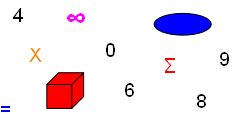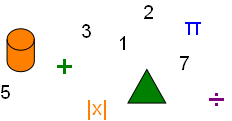



Changing a Fraction to Percent


Converting a fraction to percent is a change of numeric form. Percents, fractions and decimals are mathematical equivalents.
There are fractions that are used often. They are used for measuring size, volume and weight measurement. They are convenient because they divide 1 into equal portions. Their decimal equivalents also divide 1 into equal portions:
Fraction | Decimal | Percent |
1/10 | 0.1 | 10% |
1/8 | 0.125 | 12.50% |
1/6 | 0.166 | 16.67% |
1/5 | 0.2 | 20.00% |
1/4 | 0.25 | 25% |
1/3 | 0.333 | 33.30% |
1/2 | 0.5 | 50% |
The symbol “%” tells us the number is a percent.
Once a fraction has been converted to a decimal it can be converted to a percent by multiplying the decimal number by 100.
Because percent and fraction are equivalents the manner we use them is mixed. You will often hear someone say 33.3% as 33 1/3% or as one third, or 12.5% as 12 1/2% or as “twelve point five”.
The formula to change a fraction to a percent is given as:
N
M
=
X
100
Where N and M are the numerator and the denominator of a fraction we want to convert to a percent, and X, once known, is the percent value.
To solve for X, the percent, we multiply both sides of the equation by 100:
N (100)
M
=
X
As an example let’s convert the fraction ¼ to a percent:
1 (100)
4
=
100
4
=
25%
(The value of the numerator and denominator makes no difference, the conversion to a percent works for all fractions.)
Copyright © DigitMath.com
All Rights Reserved.